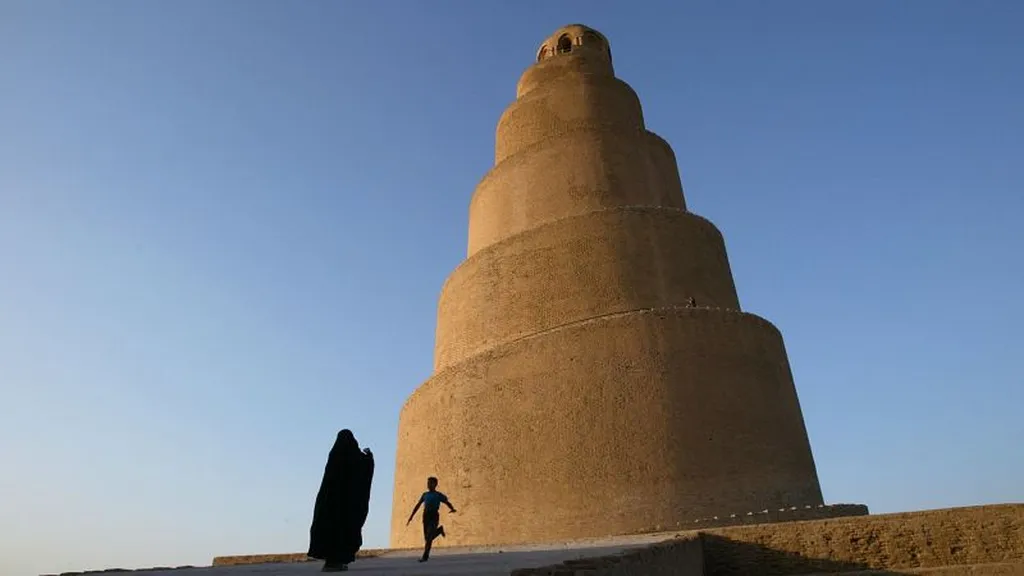In the heart of Mosul, where ancient history meets modern innovation, a researcher is delving into the past to secure the future of heritage buildings. Duaa M. Abed, a scholar from the Northern Technical University (also known as the University of Northern Technical), is leading a comprehensive review of traditional building materials like gypsum, lime mortar, and pozzolanic mortar, published in the NTU Journal of Engineering and Technology. Her work promises to reshape how we approach the preservation and restoration of heritage structures, with significant implications for the energy sector.
Abed’s research is not just about bricks and mortar; it’s about preserving the soul of historical buildings. “These materials are not just about structural integrity,” she explains. “They carry the cultural and historical essence of our past. Understanding their properties and applications is crucial for maintaining this heritage.”
The review article, published in the NTU Journal of Engineering and Technology, explores the historical significance and modern applications of these traditional materials. It investigates their properties, benefits, and limitations, considering the impact of traditional construction practices on the structural integrity and cultural value of heritage structures.
The energy sector, in particular, stands to gain from this research. Heritage buildings, with their unique construction methods and materials, often present challenges in terms of energy efficiency. By understanding and utilizing traditional materials like lime mortar, which has excellent thermal properties, we can enhance the energy performance of these structures without compromising their historical integrity.
Abed’s work is not just about looking back; it’s about looking forward. By analyzing existing literature, she aims to formulate a research plan that will further enhance our understanding and utilization of these materials. This could lead to the development of new, innovative materials that combine the best of traditional and modern construction techniques.
The potential commercial impacts are significant. As the demand for sustainable and energy-efficient buildings grows, so too does the need for materials that can meet these requirements without compromising on aesthetics or historical value. Abed’s research could pave the way for new products and services in the construction and energy sectors, creating jobs and stimulating economic growth.
Moreover, this research could shape future developments in the field of heritage conservation. By providing a deeper understanding of traditional materials and their applications, Abed’s work could influence policy and practice, leading to more effective and sustainable approaches to preserving our built heritage.
In the words of Abed, “This is not just about preserving the past; it’s about building the future.” And with her research, she is doing just that, one brick, one mortar, one heritage building at a time.

